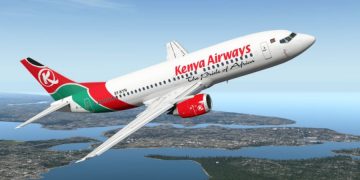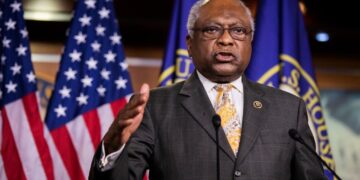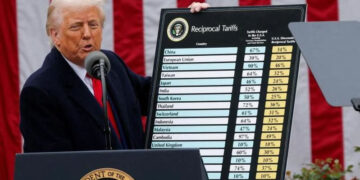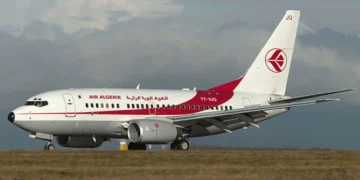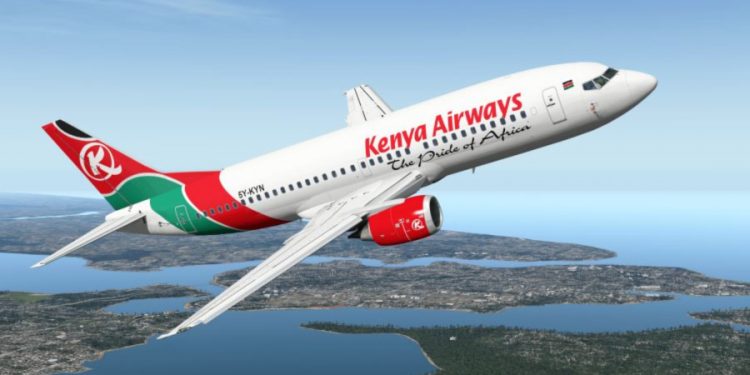By Ebi Kesiena
The Kenya Airports Authority (KAA) has disclosed plans to prevent a major disruption to the nation’s air travel as the country’s main aviation union threatens to strike.
Set to begin on August 19, the strike is poised to impact airport operations nationwide, raising concerns about the potential fallout if negotiations fail.
The Kenya Aviation Workers Union (KAWU), representing staff across the country’s airports and Kenya Airways, has issued a stern warning that they will walk off the job on Monday unless their concerns about a proposed deal with India’s Adani Airports Holdings are addressed.
The deal in question involves the development of the Jomo Kenyatta International Airport (JKIA) in Nairobi, Kenya’s busiest and most vital air transport hub.
Union leaders fear that the partnership could lead to significant job losses and the hiring of non-Kenyan workers, a move they argue would be detrimental to the local workforce. In their strike notice, they labeled the proposed agreement as an “intended sale” of the airport, a characterization that has fueled anxiety among the workers.
However, the Kenyan government has been quick to counter these claims, stating that the airport is not up for sale and that no final decisions have been made regarding the public-private partnership. Government officials have emphasized that the deal is still under discussion and that it aims to upgrade the airport’s infrastructure rather than transfer ownership.
In an effort to avoid the looming strike, the KAA announced on Friday that it has put contingency plans in place to ensure that airport operations remain uninterrupted. These measures are a clear signal of the authority’s determination to keep the airports running smoothly despite the escalating tensions.
Talks are ongoing between the Ministry of Roads and Transport, the Ministry of Labour and Social Protection, KAA management, and the Kenya Aviation Workers Union in a bid to find common ground before the strike deadline. The outcome of these discussions will be crucial in determining whether the nation’s airports will remain open for business or be shutdown.
